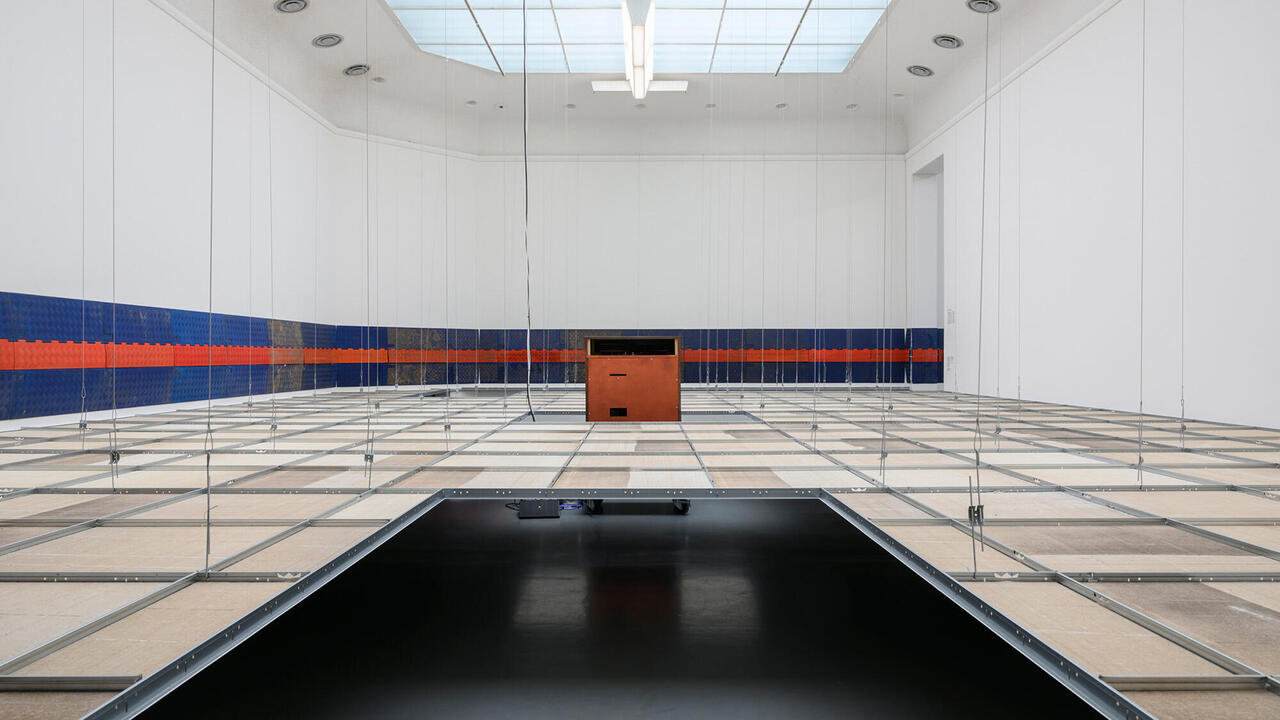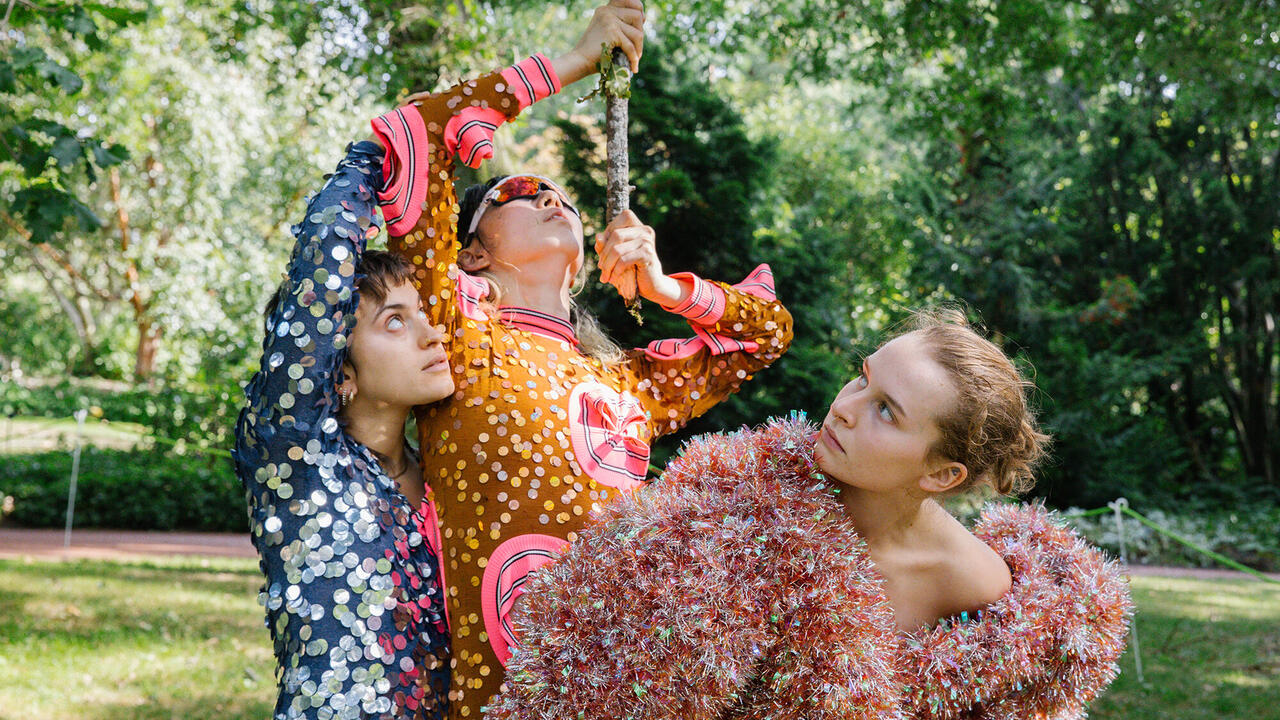Manga: Short Comics from Modern Japan
This was never going to be a comprehensive overview of Japanese comic book art - such an endeavour would be inadvisable or even impossible. The medium accounts for two-fifths of all publications sold in Japan every year and incorporates dozens of genres aimed at every age group and social demographic. It seems much more prudent to take a manageable fragment and, if possible, draw from it universal truths. This was the approach employed by critic Fusanosuke Natsume when he put together a collection of 29 short Manga narratives (reproduced on screen panels and placed in correct sequence from right to left) by 25 leading artists.
Natsume's aim was to counter the commonly held Western belief that Manga artists are obsessed with graphic violence and sex. Instead, he argues that the distinctive features are a free-form approach to time and space and the 'restrained psychological expression' of everyday life. In Yu¯ Takita's heavily nostalgic essay Hatsukoi no machi (The Town of First Love, 1992) the artist depicts himself as a middle-aged man revisiting the Tokyo district of his youth. Rendered in dense, scratchy detail, the townscape dominates each frame, while the lead character is reduced to self-effacing caricature - the Manga convention of character design known as 'super-deformed'. The result is something akin to an illustrated Larkin poem: nothing much happens, we are simply asked to share the doleful atmosphere and sense of loss. Close by, Jiro¯ Taniguchi's Roji wo nukeru (Through the Alleyways, 1992) shows a character wandering through a similar urban setting, interacting wordlessly with passers-by. Again the concern is for ambience rather than action. The narrative dwells on each scene in a cinematic stupor, refusing to follow the turbo kinetics of Western comic art. Here, though, the artist uses the sharp crisp lines of an architectural sketch, inviting an intellectual rather than emotional response.
In contrast, the female Manga artists who rose to prominence during the 1970s approach 'everyday life' with bubbling effervescence rather than reflective torpor. Kyoko Okazaki, for example, uses a vigorous, innovative drawing style to represent the vagaries and uncertainties of teenage life. Background scenery may appear in one frame but disappears in the next as a character's emotions or actions burst into focus and frames become emotional rather than temporal demarcations. In Dobutsuen de sasayaite (Whispers in the Zoo, 1996) a group of sassy schoolgirls debate the differences between animal and human sexuality while wandering aimlessly through a zoo. Their shrill pronouncements and aimless giggly interplay typifies the representation of girls in Manga. Similarly, Ota Minami's Himitsu no nikkicho (The Secret Diary, 1998) is a study of nascent sexuality in which background detail has been occasionally altered to reflect the emotional dramas of the lead character. Importantly, this heavily iconic style of Manga art has proved a huge influence on modern Western design houses - Designer's Republic, for example, has replicated these kawaii (cute) characters and brash semiotics to great effect.
Meanwhile, seemingly countering the central hypothesis of the exhibition, Natsume demonstrates that many artists - especially male ones - deal not in the ordinary and familiar, but in the fantasy realms of Science Fiction and Horror. In fact, Manga was born of Sci-fi - with veteran artist Osamu Tezuka drawing wishful utopias during Japan's post-War economic depression. Along with Tezuka's early piece Nijuyojikan mae no otoko (The Man from 24 Hours Ago, 1979) we get Minetaro¯ Mochizuki's strangely retro take on the well-worn 'robot with a soul' Sci-fi motif, Ririkaru robotto (Lyrical Robot, 1995) and a short story from Taiyo¯ Matsumoto, whose cool and influential style takes in cyberpunk settings, Shibuya street fashion and graffiti imagery, and is perhaps the closest the exhibition gets to the imported mainstream Manga we most often see in the West. Also on display were works by non-conformists such as Maki Sasaki and Michio Hisauchi, whose infamous short Aisaiki (Tales of Husbandly Love, 1999) depicts a cuckolded husband going on hunger strike to protest about his wife's affairs. Throughout the story he withers away until all that's left of him is an animate penis which his wife employs as a sex toy. The impact is made all the more effective by Hisauchi's naive drawing style - it's like being told a dirty joke by a child who shouldn't be able to understand the punchline.
Although this overtly cerebral exhibition ignores mainstream classics such as Robotech, Appleseed or Ranma (all too long to display in their entirety), it did reveal and explore many of Manga's ubiquitous conventions: the importance of history and aesthetic tradition, the use of 'super-deformed' characters for comic effect, the fact that frames don't always follow a chronological sequence (like memory, or consciousness, they flow backwards and forwards) - these are present throughout the canon. However, it also made apparent the differences between artists and approaches. Hinako Sugiura, for example, employs fine, featherlight drawing (aping the scrolls and woodblock prints of the Edo period, in which much of her work is based), while Kazuo Umezu's horror stories are often heavily shaded, and Naito Yamada - uniquely in this exhibition - mixes photographs and line drawings in a Japanese take on Western Pop art. At least without all the sex, violence and heavily armoured robots, these subtleties are allowed to come to the fore. And there is so much information here, subsequent viewings of easily available Manga and anime such as Akira, Legend of the Overfiend, or Ghost in the Shell will be infinitely enriched.
















